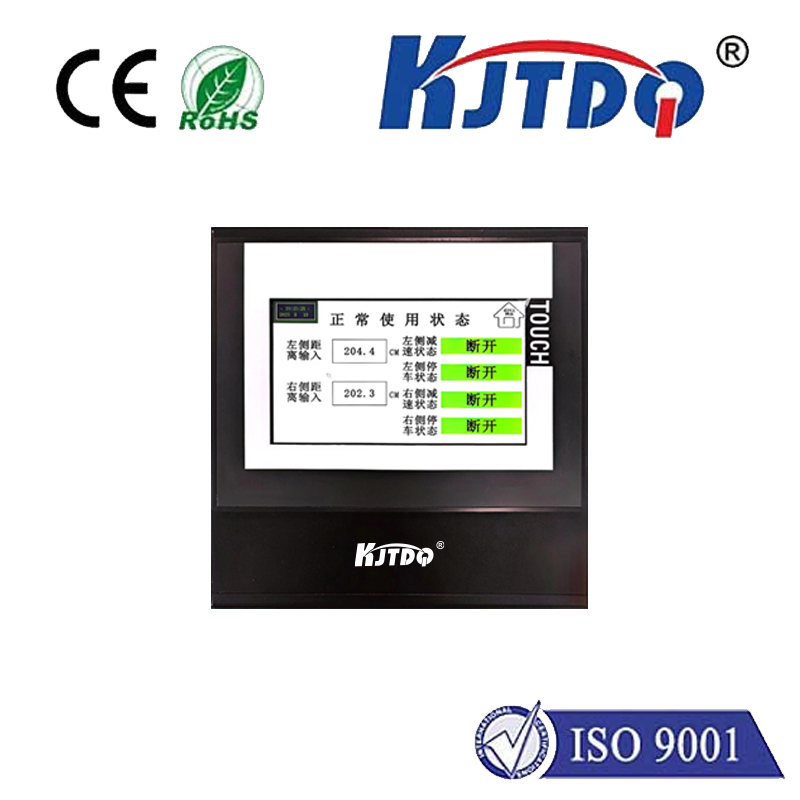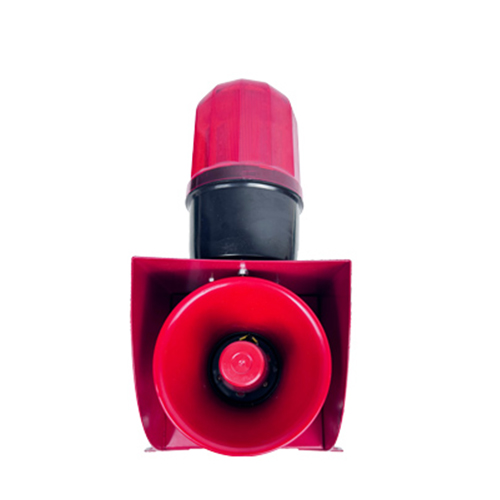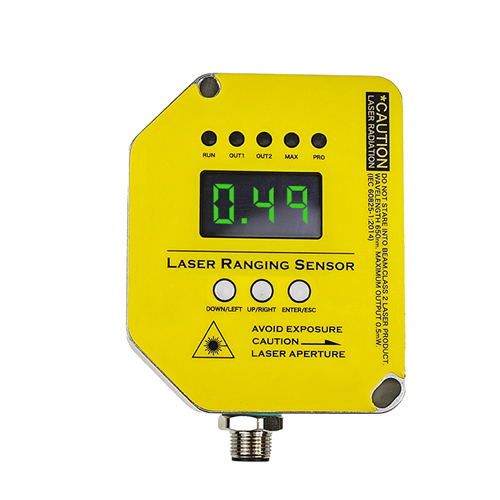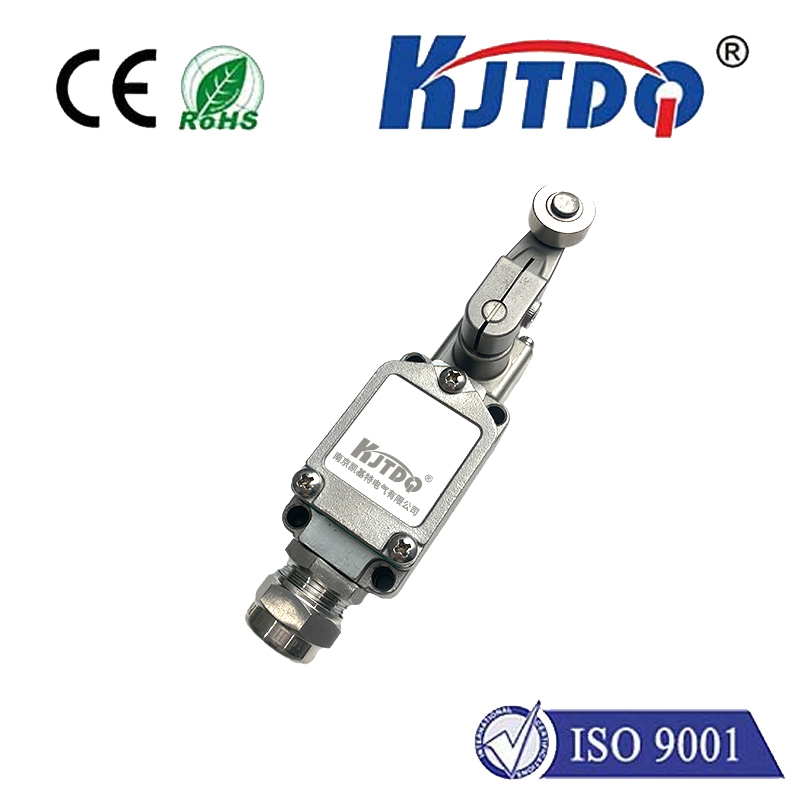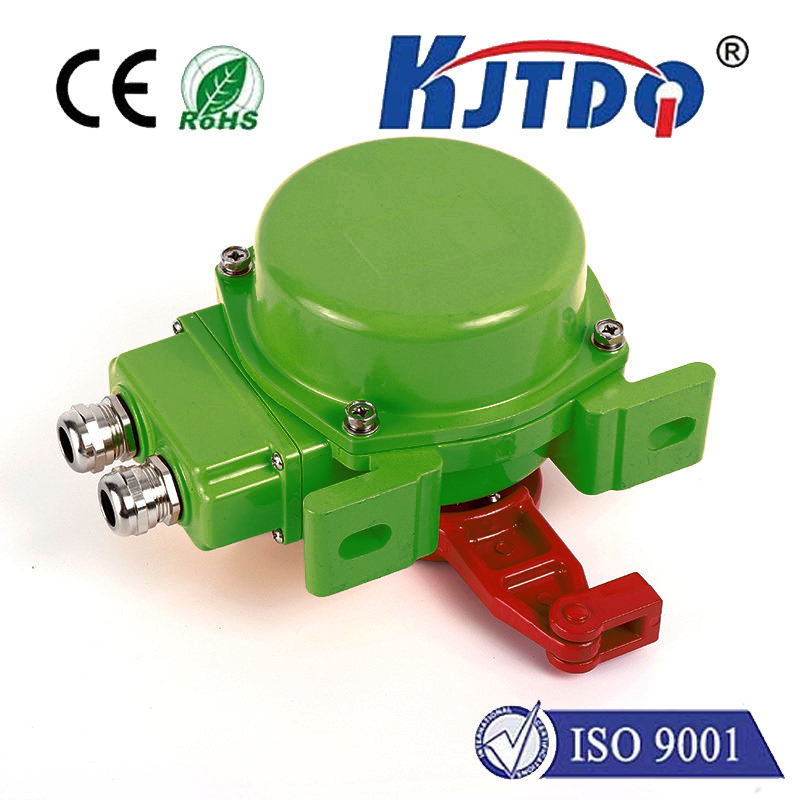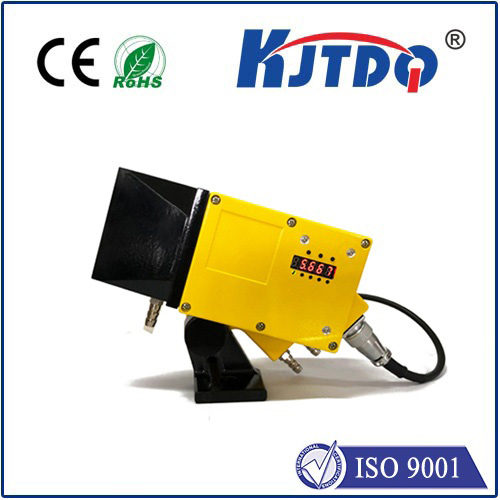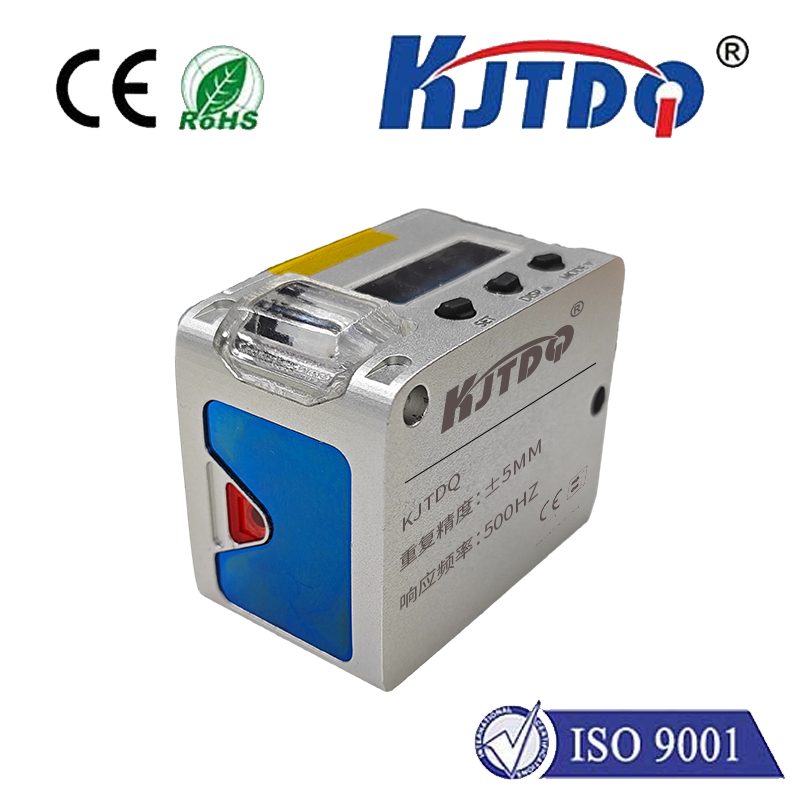pf125 8dp proximity sensor
- time:2025-06-27 00:30:46
- Click:0
PF125 8DP Proximity Sensor: Mastering Close-Range Detection in Automation
In the intricate dance of modern industrial automation, reliability is non-negotiable. Machines demand precision; processes crave consistency; and safety remains paramount. At the heart of countless critical control points, ensuring objects are present, positioned, or absent precisely when needed, lies the often-overlooked workhorse: the proximity sensor. Enter the PF125 8DP, a robust and highly effective inductive proximity sensor designed explicitly for dependable close-range object detection in challenging environments. Its 8mm nominal sensing range (signified by ‘8DP’) makes it an indispensable tool for applications demanding accuracy without compromise.
Understanding the Inductive Advantage
Unlike optical sensors relying on light beams or ultrasonic sensors using sound waves, the PF125 8DP utilizes the principle of electromagnetic induction. Here’s the core magic: its sensing face contains an oscillator coil generating a high-frequency electromagnetic field. When a metallic target enters this field – specifically within its designated 8mm range – it causes eddy currents to form on the target’s surface. These currents absorb energy from the oscillator, effectively damping its amplitude. The sensor’s sophisticated electronics detect this damping effect, triggering a solid-state output signal (switching it ON or OFF). This fundamental operation makes inductive sensors like the PF125 exceptionally reliable for detecting metallic objects, largely immune to common industrial nuisances like dust, dirt, oil mist, grease, or ambient light variations – factors that can plague other sensing technologies.
Decoding “PF125 8DP”: Features That Define Performance

The model designation “PF125 8DP” isn’t arbitrary; it encodes critical information about the sensor’s capabilities:
- PF125: This typically identifies the sensor series, encompassing its physical form factor (cylindrical barrel style, M12 x 1 threading), materials (often nickel-plated brass or stainless steel housing), and core electronic design standards.
- 8DP: This is the crucial performance specifier. The ‘8’ denotes the nominal sensing range – 8 millimeters. This distance represents the point at which a standard target (usually a square iron plate matching the sensor face diameter) reliably triggers the sensor under defined conditions. The ‘DP’ typically indicates a DC (3-wire) PNP configuration (sourcing output). This means the sensor requires a DC supply voltage (commonly 10-30V DC) and, when active, switches a positive voltage output to the load.
- Flush Mounting Capability: Inductive sensors like the PF125 are often categorized as ‘flush’ or ‘non-flush’. The PF125 8DP is typically a flush-mounting sensor. This design allows it to be recessed into metal mounting brackets without the sensor head itself being detected as a target. This is a significant advantage for tight installations.
- Rugged Construction: Designed for the rigors of factory floors, the PF125 sensor features robust housing materials offering excellent resistance to impact, vibration, and typical cutting fluids or coolants. IP67 or IP68 ingress protection ratings are common, signifying protection against dust and temporary or prolonged immersion in water.
- High Switching Frequency: Despite its physical robustness, the PF125 8DP boasts a high switching speed, capable of reliably detecting rapidly moving targets – essential for high-speed production lines.
- LED Status Indicator: A built-in LED provides clear visual indication of the sensor’s operating state (power and signal output), simplifying setup, troubleshooting, and maintenance.
Where Precision Matters: Key Applications for the PF125 8DP
The 8mm sensing range and robust design of the PF125 8DP make it ideally suited for applications requiring reliable detection within a precise, relatively short distance:
- Position Verification: Confirming components are correctly seated in fixtures, pallets, or assembly stations before a process step begins. Reliability here prevents misprocessing and scrap.
- End-of-Travel Detection: Verifying cylinders (pneumatic or hydraulic) have reached their fully retracted or extended position, providing crucial feedback for control sequences.
- Presence/Absence Sensing: Detecting the presence of metal parts on conveyors, slides, or feeders. Is the component in place for the robot to pick? PF125 provides the answer. Its immunity to contaminants ensures consistent operation.
- Small Parts Counting: Accurately tallying small metallic components as they pass a specific point, essential for inventory control and batch processing.
- Machine Tooling: Monitoring tool position, confirming workpiece clamping, or detecting broken tools (if metallic fragments are generated).
- Robotics: Providing feedback on gripper closure (detecting the gripper jaw itself or the gripped part) or confirming the robot has reached a specific position near a metal surface.
- Safety Interlocks: Acting as part of a safety circuit to confirm guards are securely closed before machine operation can commence (where appropriate and within safety standards).
Installation and Optimization: Getting the Most from Your PF125 8DP
To ensure optimal performance and longevity:
- Mount Securely: Utilize the M12 thread to mount the sensor firmly, minimizing vibration. Ensure flush-mount sensors are properly recessed if required by the application.
- Mind the Target: Remember, inductive sensors detect ferrous (iron, steel) and non-ferrous (aluminum, brass, copper) metals, but the effective sensing range (Sr) decreases for non-ferrous metals compared to steel. Factor this in during design. The PF125 8DP’s range is specified for mild steel.
- Respect the Sensing Range: While the nominal range is 8mm, always incorporate a safety margin. Operate the target within 80-90% of the nominal range (i.e., ~6.5-7mm) for guaranteed reliability under varying conditions like temperature fluctuations or supply voltage tolerance.
- Electrical Connections: Connect according to the specification (PNP, NPN, N/O, N/C). Pay close attention to the wiring diagram. Use shielded cable in electrically noisy environments and ground the shield properly at the controller end. Ensure load current does not exceed the sensor’s rating.
- Environment: While tough, avoid extreme physical impact, excessive temperatures beyond its specification, or corrosive chemicals not covered by its IP rating.
The Indispensable Choice for Reliable 8mm Detection
In a world where milliseconds and millimeters count, the PF125 8DP proximity sensor delivers unwavering performance. Its robust construction, immunity to environmental challenges, flush-mounting capability, and precise 8mm detection range make it a cornerstone component for engineers designing reliable industrial automation systems. Whether verifying the position of a critical component, counting tiny parts, or ensuring machine safety, the PF125 8DP provides the dependable, solid-state sensing solution necessary to keep automated processes running smoothly, efficiently, and safely. Understanding its capabilities and implementing it correctly unlocks significant gains in uptime, quality, and overall operational excellence.







